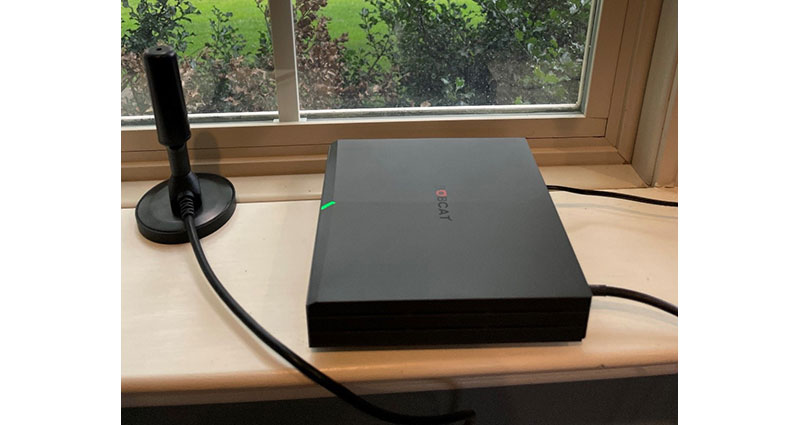A Sense of Sensors Expo 2018
We had a terrific week at the Sensors Expo in beautiful San Jose. We showcased the latest products from over two dozen of our sensor manufacturers. There were the usual environmental, biological and mechanical sensors in various form factors. While we are seeing more air quality sensors, in general, one of our most interesting sensors was one that detected earthquakes (MIKROE-2561). The DigiKey booth was consistently busy and we were barely able to keep up during peak traffic times. We have learned over the last several years of exhibiting at this show that there are many technically oriented attendees who have specific questions. We had members of the DigiKey applications engineering team on hand to answer the more detailed questions. We also had members of our product management team along with sales and marketing. Great mix!

I always try to look for trends at these big industry events. As expected, sensors continue to get smaller in size and less expensive. There are more choices than ever before. All these factors are great for the industry and expand the scope of applications. The sensitivity, reliability and performance of some of these devices are just incredible. My big takeaway this year is that sensors are getting smarter and more connected. This is being driven by the Internet of Things (IoT), into which I’m including automotive.
Sensors are being packaged along with processors and connectivity components, either as a System-on-Module (SoM) or System-in-Package (SiP). See Greg Sheridan’s excellent blog post on the difference between SoMs and SiPs. These packaged solutions greatly simplify the design process and allow for much faster product development cycles. This integration also reduces the combined cost of the components.
Sensors are being coupled with microprocessor or microcontrollers that provide compute function that allows for processing at the edge. This makes the sensor smarter about what data is important and what needs to be transmitted. Filtering and analytics can be performed at the source reducing the amount of data sent out, say to the cloud. Sensors are also being paired with connectivity, most commonly Bluetooth and Wi-Fi. For sensors designed for the industrial space, the connectivity options include ethernet and legacy serial (RS-232, RS-485, etc.). With the emerging wireless low-power, wide-area networking (LPWAN) technologies, I can see LTE-M and NB-IoT connectivity being incorporated in the near future. With all these advances in technology, I can’t wait to see what’s in store for next year!

Have questions or comments? Continue the conversation on TechForum, DigiKey's online community and technical resource.
Visit TechForum










